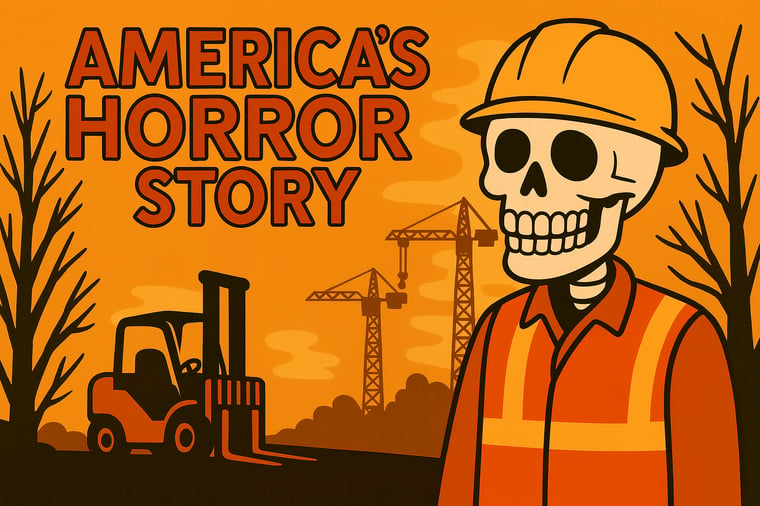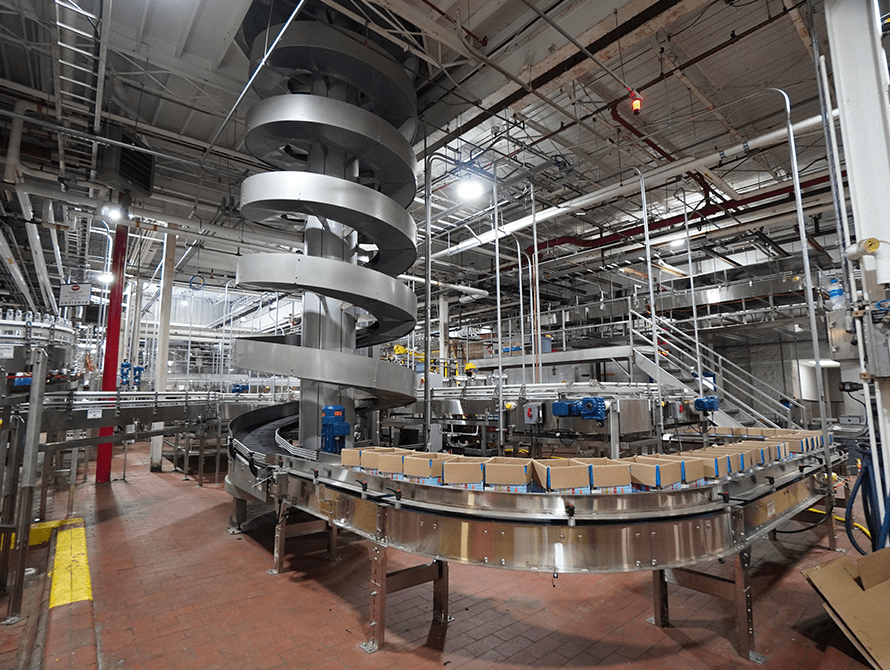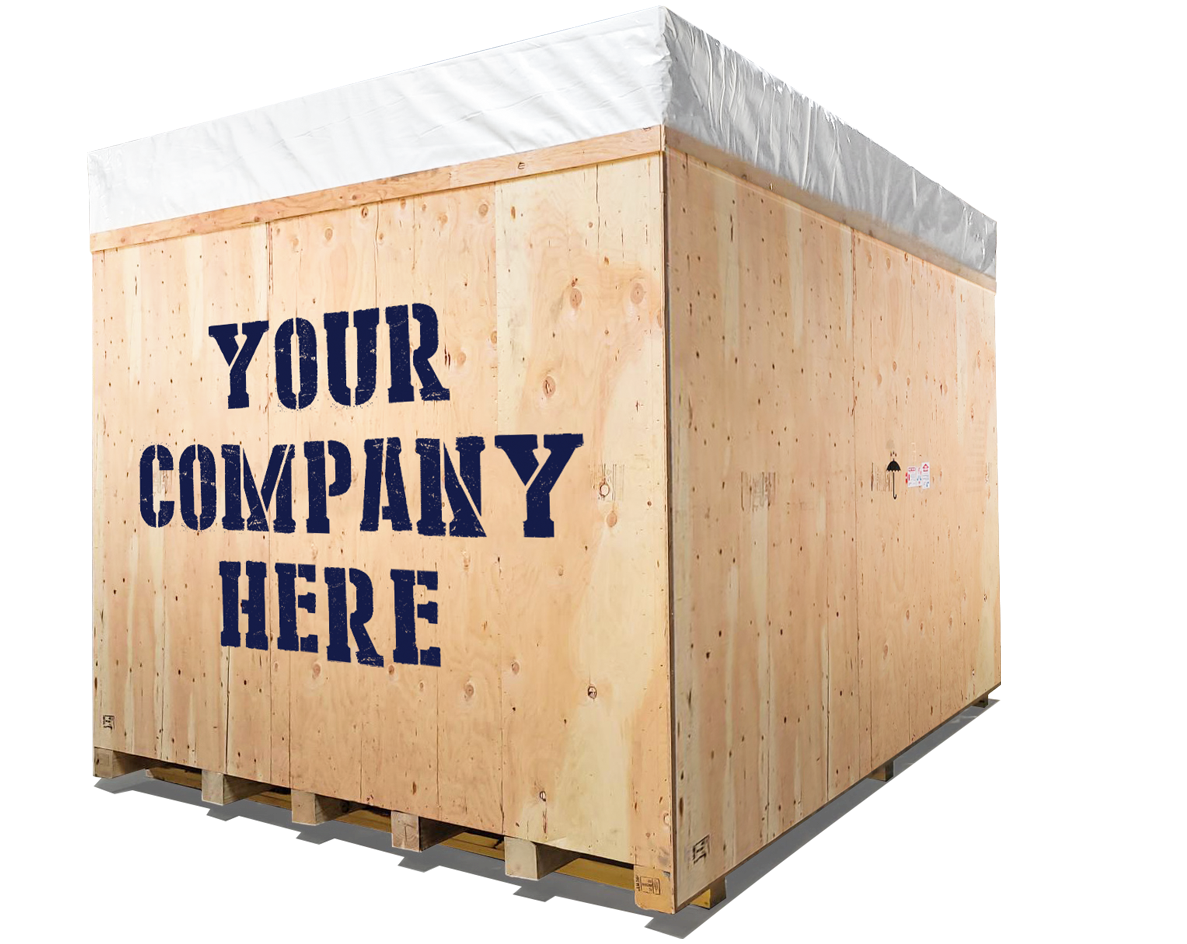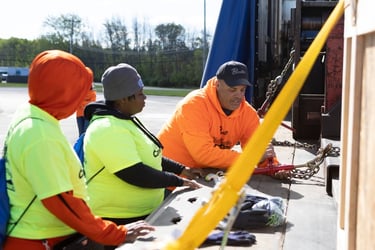The Real Horror Story: America’s Vanishing Skilled Workforce

Ghosts and ghouls aren’t the only things haunting us in October. While everyone’s busy decorating with cobwebs and skeletons, there’s a real-life scare happening behind the scenes: the growing shortage of skilled trades professionals.
For decades, society told students that the only path to success was through a four-year degree. And now, we’re facing the chilling consequences. Thousands of high-paying, hands-on jobs in construction, manufacturing, and maintenance are sitting empty, gathering dust like a haunted house no one dares to enter.
Careers in Construction Month was created to change that narrative. It’s a reminder that the scariest thing isn’t a ghost, it’s a future without enough skilled people to build, repair, and innovate. The solution starts with awareness. By showing high schoolers, veterans, and career changers that opportunity, stability, and pride live in the trades, we can stop this shortage from haunting our future. To rebuild interest in the trades, we first have to set the record straight on the misconceptions that have kept the trades in the shadows for years.
Myth #1: “Trades are a dead-end career.”
This misconception has unfairly stigmatized the trades for years. In reality, many skilled trades professionals advance quickly from apprentice to foreman, superintendent, or even project manager. The career path may not resemble a traditional corporate ladder, but the opportunities for growth are just as real.
Unlike jobs that can feel confined to the same routine every day, the trades put you in motion, building, leading, and creating tangible results. This is the work that keeps our economy running in every season, even through global disruptions. There’s nothing “dead-end” about careers that are the backbone of our economy.
Myth #2: “You can’t make good money without a degree.”
That belief should be buried six feet under.
Tradespeople start earning while they’re still training, and their wages don’t stay flat. Apprentices earn while they learn, gaining hands-on experience that turns into financial stability faster than most college grads ever see.
Electricians, millwrights, welders, and riggers regularly bring home paychecks that rival, and can surpass, many degree-required jobs. Experienced trades professionals can earn anywhere from $70,000 to over $100,000 a year, depending on their specialty and region. And that’s before overtime, travel pay, and union benefits come into play.
Of course, this kind of work isn’t for the faint of heart. It’s physically demanding, detail-oriented, and often takes place in environments where safety and precision are everything. But that’s what makes it rewarding. There’s pride in knowing your skill builds, installs, and maintains what others rely on every single day.
The best part? These individuals aren't haunted by student debt. While others spend years paying off loans and working in careers far from what they studied, tradespeople are out there buying homes, raising families, and investing in their future, without the financial fright.
Myth #3: “Trades are for people who couldn’t make it in college.”
Most skilled professionals will tell you they didn’t “end up” in the trades, they chose them. Not because college was too hard, but because they wanted a career they enjoyed, one where they could work with their hands and problem solve.
The trades require intelligence, focus, and a knack for problem solving. Every job presents a new challenge, often with no manual to follow. Finding innovative ways to lift, move, or install equipment safely and efficiently isn’t guesswork, it’s experience and ingenuity at work. Have you ever seen a 30,000-pound machine move through a doorway with only an inch to spare? That’s not luck. That’s skill, planning, and precision that can't be taught in a lecture hall.
Many of today’s tradespeople manage crews, oversee large-scale projects, and collaborate with engineers and architects. Their work shapes the infrastructure we rely on, and it demands technical knowledge and the ability to adapt when things don’t go as planned.
Calling it “blue-collar” doesn’t do it justice. The people keeping our facilities running and our economy moving aren’t taking an easier road. They’re taking the one that builds everything else.
Myth #4: “There’s no future in the trades.”
The demand for skilled workers is growing every year, fueled by retiring generations and a booming manufacturing resurgence across the U.S. From semiconductor plants and a growing food and beverage industry to energy facilities and infrastructure upgrades, tradespeople are the heartbeat of it all.
Automation might change how work gets done, but it will never replace the people who make, move, and maintain the machines. The trades aren't fading, they’re evolving. And those who enter today are stepping into a career with longevity and stability.
Why It’s More Important Than Ever
This isn’t just a seasonal scare, it’s a national emergency. If we don’t fill the growing gap in skilled labor, projects will slow, innovation will stall, and entire industries could grind to a halt. That’s not a horror movie, that’s reality.
But it doesn’t have to stay that way. Every classroom presentation, internship, and mentorship opportunity can change the story. Careers in Construction Month gives us the chance to remind students, parents, and educators that success isn’t one-size-fits-all. College is one path, but it’s not the only one.

Brittany joined the Boulter team in 2017, following her experiences in the entertainment and healthcare sectors. In her role as Marketing Manager, she oversees all aspects of Boulter's brand management and digital marketing initiatives. However, her passion extends beyond these responsibilities. Brittany is an advocate for encouraging younger generations to explore rewarding career opportunities in the trades, addressing the critical issue of labor shortage.







